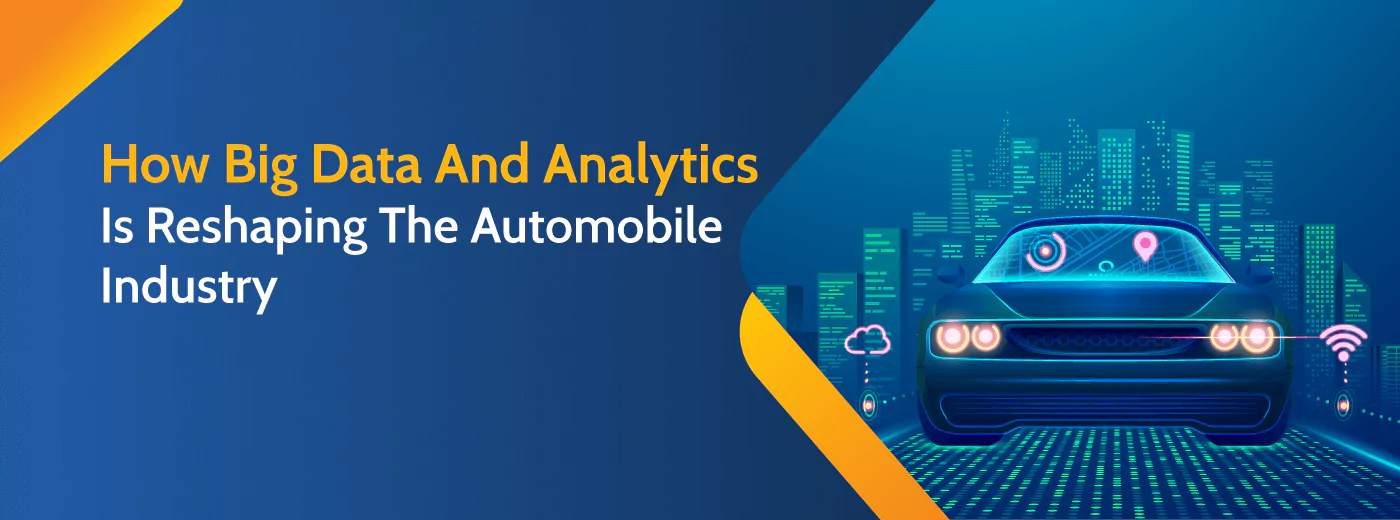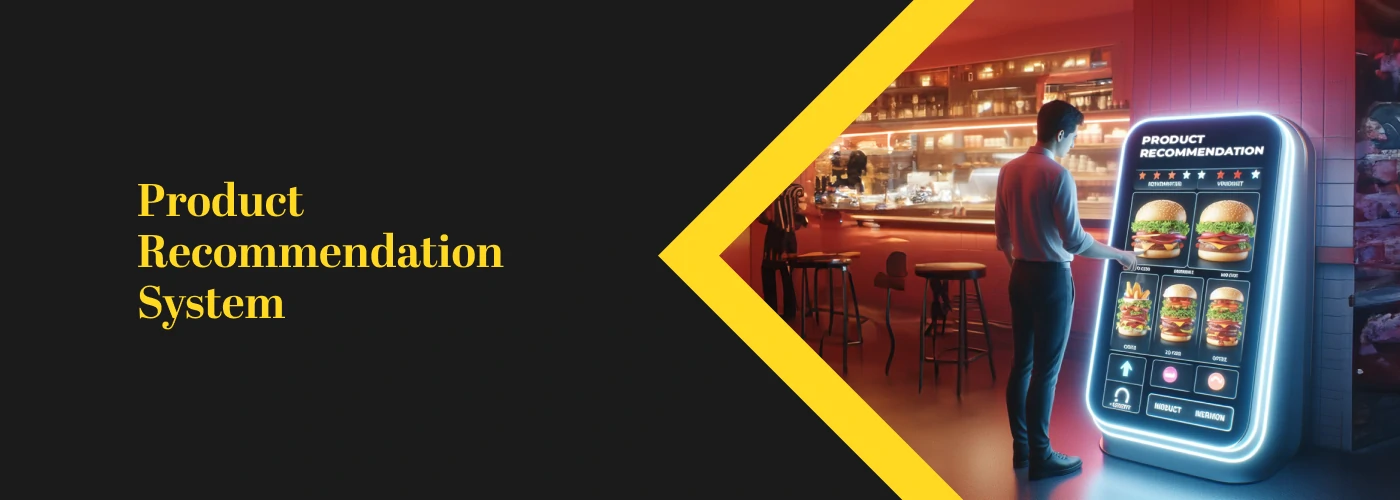From carts and carriages pulled by animals in the ancient ages to vehicles that automatically drive themselves today. Cars, since their invention, about two centuries ago have gone from being an innovative marvel to a luxury, now, has become a necessity for most people. The automotive industry, pioneered by stalwarts such as – Mercedes, Tesla, Ford and more, has seen a steady growth in the decades leading to today, but the evolution of the industry in the pre-digital era is nothing compared to the rapid transformation it is presently undergoing.
The past decade has seen the pervasion of every conceivable digital technology into the process of making or driving a motor vehicle. Be it artificial intelligence, big data, or the internet of things, every form of digital technology is converging in the automobile industry. The digital transformation in the automotive industry is poised to transform not just the way cars are driven, but also the way they are made and conceived.
Today, the automotive sector and smart technology have changed the way adventurers seek to thrill and how even the most-technologically challenged drivers navigate. The automobile industry has seen rapid development over the years, thanks to big data analytics. Big data is helping the automotive industry advance further in several ways- by enhancing vehicle safety with cognitive IoT, with huge volumes of data it is decreasing repair costs or increasing uptime with predictive analysis and much more.
This digital revolution in the automotive industry presents an ocean of new opportunities for professionals in the domain to upskill and capitalize on this growing trend.
Here are a few areas where the automotive industry is using big data analytics to get to the next level:
Connected Cars
In today’s connected world, cars have changed and so have their owners. Big data analytics have transformed driver experiences, capturing real-time data insights from inside and outside of vehicles to improve driver safety, vehicle services and improve the driving experience.
Big Data analytics has transformed our driving experiences. Apart from mobile phones, laptops, and more, our cars are the second most technology embraced devices we use. From the internet and WiFi to sensors and advanced processors, cars these days are fully loaded with technologies, and this is just a step towards the era of smart vehicles. It is estimated that 90% of new cars will have connectivity setup by 2020, which will result in making Big Data and Analytics an essential part of the technology.
With the connected car market reaching $130 billion US dollars, it is no surprise that auto manufacturers are rapidly adopting connected car technology and embedding it within their vehicles. GM recently announced that it will be selling 4G data packages for connected vehicles powered by the AT&T network, including monthly subscriptions, one-time top-ups, daily passes and even the ability to connect the car to a shared data plan with other devices.
Big Data In The F1 Circuits
Automotive analytics has taken the F1 racing teams to the next level. High-speed racing merged with data science is providing a new high-tech metric to measure performance by using data points such as - tire pressure, braking patterns around corners, fuel burn efficiency, acceleration time, etc. Offline data centers are being set up for every team that provides real-time on-track data to boost performance and fix glitches. According to a report, racing teams at the U.S. Grand Prix collected over 243 TB of data, all of which were cleaned, formatted, and analyzed off-site so that teams could make the appropriate changes on-site.
Today, real-time data streams drive the sport in every aspect, including pre-race simulations, real-time decision making by analysts and pit crew, post-race analysis, and the broadcast experience. Multiple sensors across cars and drivers constantly monitor and transmit information. These streams of data give teams hidden insights that would be invisible to the human eye.
For instance, the Mercedes AMG F1 W08 EQ Power+ cars is loaded with 200 sensors that transmit millions of data points over the course of a race weekend. Over 300GB of data is reportedly transmitted from the car. Engineers claim it has over a thousand channels of data being collected at any one time during a race. While Red Bull’s RB12 car is fitted with around 100 sensors gathering data on 10,000 components.
Automobile Financing
Auto-Finance organizations gather massive amounts of customer data. This data helps them in understanding their customers better, but this huge quantity hinders them from analyzing the data and take actions on it. Auto-finance organizations analyze data to gain insights about the customer’s financial history and preferences. Through these insights, companies are now able to provide more personalized financial solutions that would be ideal for a customer according to their requirements. This will generate more leads in business as they would now be able to offer differentiated services, keeping them away from the fraudulent and the defaulters.
Customer Satisfaction And Building Smart Cities
Cars contain 50 or more sensors that collect data on speed, emissions, fuel consumption, usage data for resources, and security. All these data can be used to find patterns and resolve quality issues either in a flash or prevent them from happening altogether. Analytics is used to increase both customer satisfaction and quality management at a cost-effective level. Progressive firms are also using predictive analytics in collaboration with the government to predict and identify high congestion zones based on data collected from automobiles for town planning and building smart cities.
Urban city problems like effective traffic management, distribution of resources, and environmental issues can be tackled with combining insights from automotive data and other sources such as satellite, cellphone, GPS data, etc.
Our holistic approach, technical expertise and innovative strategies have helped Fortune 500 companies implement reliable big data solutions across industry verticals.
Let’s Look At Some Real-World Examples Of Big Data In The Automobile Industry
General Motors
General Motors, one of the largest American automobile manufacturing company, has been the pioneer of Big Data and analytics in the automotive industry. Cars with sensors and processors are ordinary these days. General Motors has sensors and telematics within the car as its center of interest which is making their cars more secure and reliable. For them, telematics is like a goldmine as it provides them massive savings of up to $800 per car, and what made this possible - Big Data and analytics.
BMW
The German giant builds 2.5 million vehicles every year and sells them all over the world. But technology is not just limited to the cars it builds, its business model is built on Big Data which drives everything it does across design, engineering, production, sales and customer support. Big Data Analytics is setting new standards for their production system. By combining the experience of staff with new possibilities for efficient processing of large data volumes, they’re now able to create accurate forecasts and proactively optimize processes. This speeds up continuous improvement of their production system in line.
Maruti Suzuki
Maruti Suzuki, ranked number one for the past 14 years, is the epitome of how a company should treat its customers. Their “Market to One” approach has been the main reason behind their customer retention policy.
The approach is all about providing a personalized experience to each of its customers, and this approach has paid off for them as Maruti Suzuki saw an overall growth of 3% in the first seven months after adopting this approach. The backbone of this approach was SAS, a software suite for advanced data analytics, which enhanced them to create a 360 degrees view of more than 10 million of their customers.
Conclusion
So, with the rapid increase in advancements from the technological world. Big Data has been at the roots of all these advancements since the amount of data collected for all these developments increases massively. Big Data has finally reignited the automobile industry.



